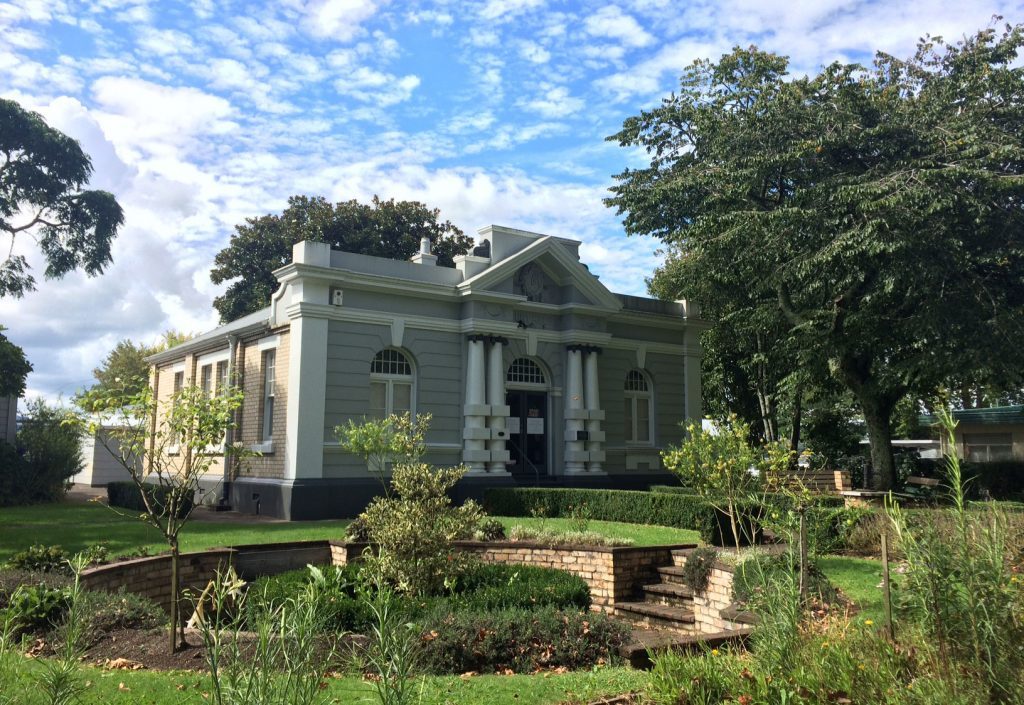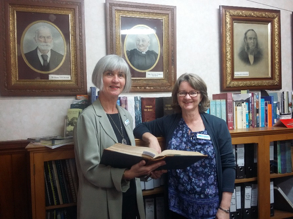by Karen Payne, the Museum Administrator at Cambridge Museum
The Cambridge Museum is a small museum located in the heart of the Waikato region in New Zealand. It has a rich collection with strong ties to the local community.
Cambridge Museum has been a Vernon CMS client for 20 years. Though they have a small team, Cambridge Museum has been committed to recording and maintaining the connections between the collection and their community.

Karen Payne, Museum Administrator at Cambridge Museum has offered some insight into how Vernon CMS has been invaluable at helping them maintain the connection with their community.
The Cambridge Museum is situated in the old Courthouse. Although the building is quite small, the museum has a main gallery, military display room and research area.
Previous staff and volunteers, under the direction of now-retired curator Eris Parker, have worked over many decades cross-referencing local people and families with collection objects. The aim of this process is to make museum visits a more personal experience for people with Cambridge connections. Books, newspapers, sports photos, event programmes and artefacts can be connected to multiple identities. But unless family members or their descendants are aware of these connections, the relevance is lost.
Vernon has been invaluable to us in this process by allowing us to create a “Person” file for identities, which can then be connected to the accession files of relevant objects in our collection.
As an example, staff managed to track down a 1930s photograph of a young man in military uniform for a visitor inquiring about her husband’s family in Cambridge at that time. By entering his name into Vernon, the photo was identified and produced within minutes, to the astonishment and delight of the visitor.
We recently received a bundle of letters written by a Cambridge nurse serving overseas in World War II. Her letters were filled with references to many well-known local identities in the 1940s, all of whom have been identified and linked with the accession file of the correspondence.

The “Person” file can also be used for streets, historic buildings and well-established local businesses. A visitor with a query about a shop in the main street in the 1950s is able to access the “Person” file of the street to identify photos and references over particular decades, greatly speeding up research time. If the shop was a well known one, it may have a “Person” file with a list of photos and artefacts of its own.
Person files can also link to other family members through its “Related Person” category. This is invaluable for genealogical work and ensures that connections to other members of the same family are not missed.
Having a museum full of artefacts, archives and photographs pertaining to Cambridge is a great asset to the community. Finding the human connections with these objects is what makes museum work so worthwhile.
It’s all about the people.
by Karen Payne
Museum Administrator
Cambridge Museum